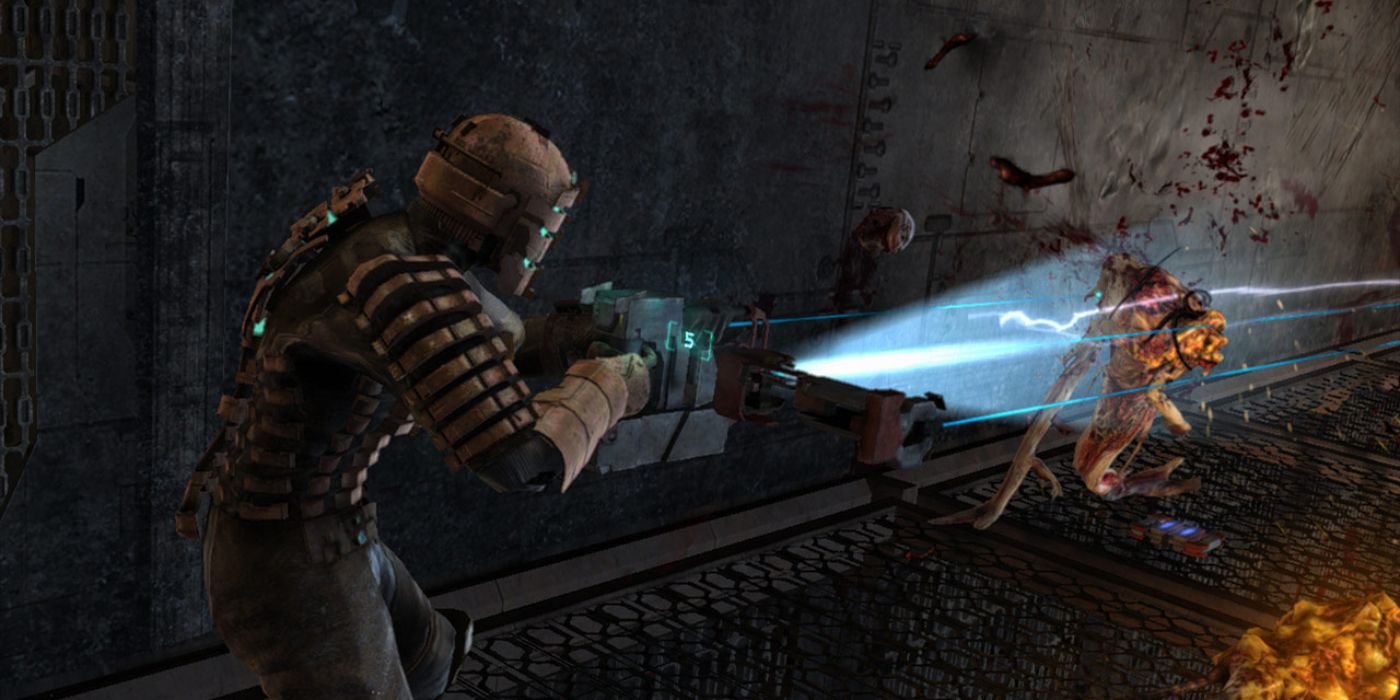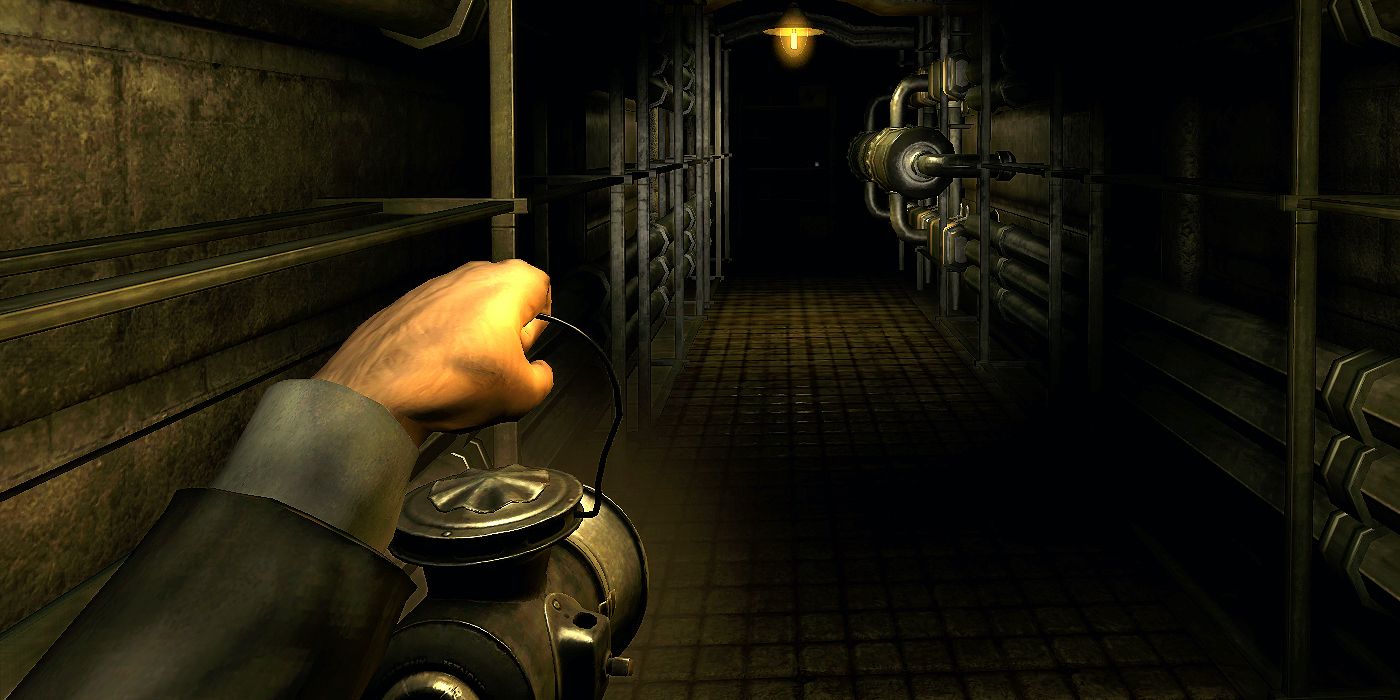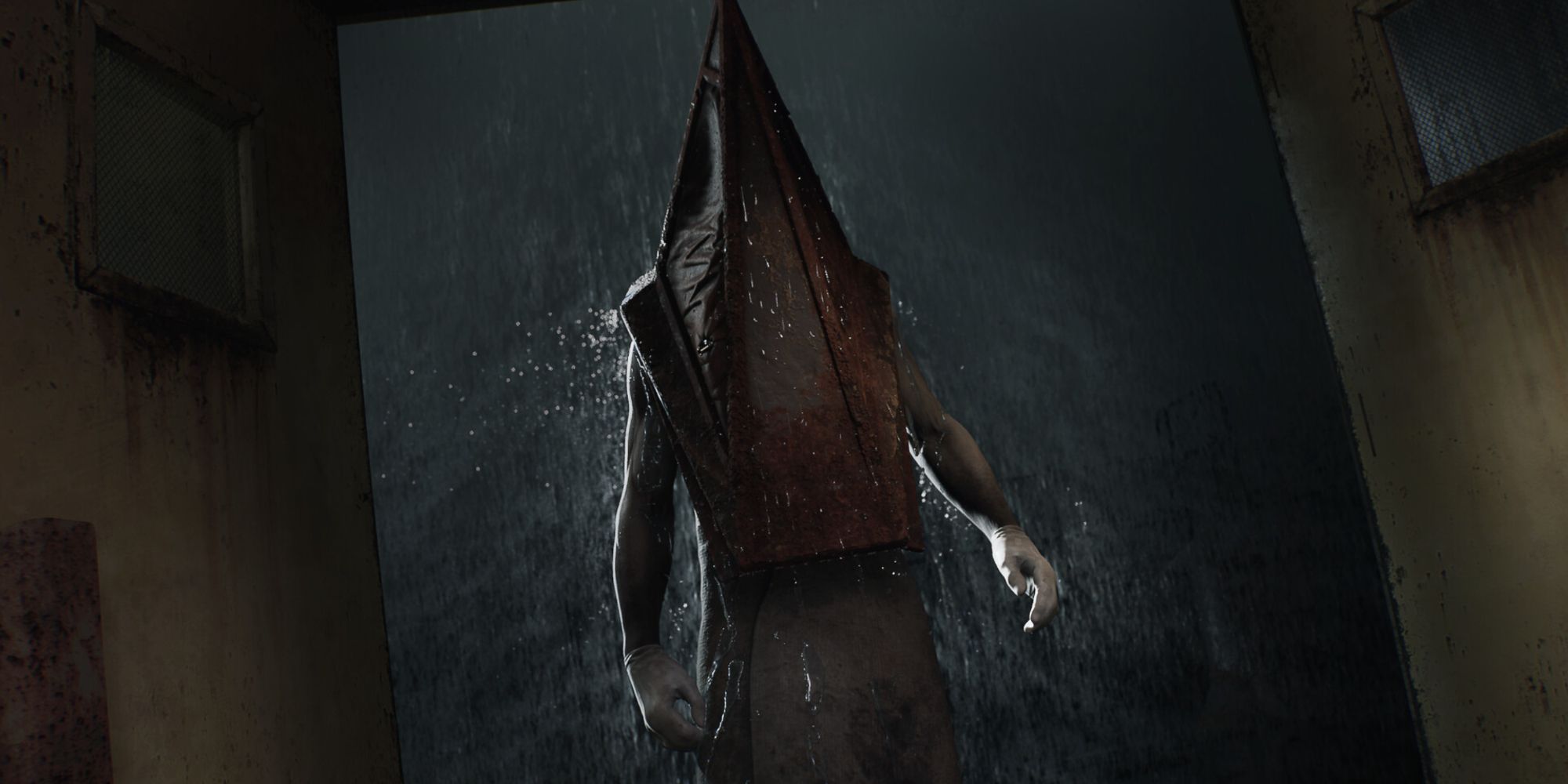Now that we're knee-deep into the Fall it's officially Spooky Season (yes, I am claiming it for the entirety of Autumn). That means pumpkin spice everything, cold nights spent cozied up indoors, and folks breaking out all the scary media that they can find.
But what exactly is it about that scary media that draws people in time and time again? Whether it be for the sake of seasonally appropriate Halloween vibes or just for the thrill of a jump scare or two, people seem to just keep coming back for more.
To some, the idea of subjecting yourself to deeply stressful, often troubling situations for fun seems counterintuitive at best. However, for those who love the rush that comes with the fear, there are few forms of horror as immersive and evocative as the horror that can be found in video games.
With the latest console generation bringing some of the most technologically advanced games yet seen to the market, we've been thinking about the best horror games for PS5 and Game Pass, and what makes people so drawn to them.
For the Thrill of it All
One of the great draws that horror holds is the inherent thrill that comes from moments of perceived danger. There is a strange sense of excitement as tension rises to a breaking point, then a thrilling release of adrenaline as the player realizes just how close to disaster they are, while still having enough wiggle room to save themselves if they are savvy enough. Moments like realizing the xenomorph is in the same room as you in Alien: Isolation, or a mimic jumping you right as you try to sneak away from a larger enemy in Prey are only a fraction of the possibilities provided by horror video games.
That spike of adrenaline is often followed by a rush of relief, and that is the feeling that so many chase when diving into games they know will be stressful. It's the same reason behind many real world examples of thrill seeking such as bungee jumping or increasingly convoluted roller coaster rides.
What horror video games provide is a place to experience those dangers, to mine them for the sensations we crave, in a controlled environment. The joy of horror can be found in the background knowledge of personal safety, an intellectual awareness of situational control, even as our immersion in the game's world convinces our brain's more primal parts to kick into fight or flight mode. The guard rail of real world safety allows us to invest, to let ourselves more fully 'buy in' to the game's setting and scenario.
While this guard rail relationship exists with other horror media, the interactivity of video gaming manages to take things one step further. When it's your moment-to-moment decision-making that can sink or save the protagonist, the level of investment heightens. The horror video games that enable and nourish this relationship with the audience are the ones that get the greatest emotional response from their players.
The Language of Play
Horror media is capable of evoking wholly unique emotions and ideas in its audiences compared to other genres. The inherently transgressive nature of its content allows horror titles to explore themes that might often be considered too niche, uncomfortable, or taboo in other media.
In a genre whose primary language is fear and a medium whose primary language is interactivity, the narrative possibilities are genuinely expansive. Some horror games temporarily strip the player of options to fight back. By disempowering the player the developer can communicate how vulnerable a situation is, whether that be through the sheer power of the threat at hand, or a focus on environmental design and storytelling.
Games like Amnesia: A Machine for Pigs use this lack of player character power to great effect, emphasizing the smallness, the near insignificance of the player, against the indescribable vastness of a greater whole.
Meanwhile other, more bombastic games, such as Resident Evil 4 and Dead Space, present the player with tense combat scenarios and a specific set of options to fight back, turning the character's survival into a high octane puzzle.
Depending on what stories the developer wants to tell, whether they be in terms of overarching narrative or in moments of emergent action, these various play-styles and gameplay systems can be employed to communicate the state of the game world and the player's relationship to it.
The sharp inhale of adrenaline followed by a deep exhale of relief is made all the more satisfying when that relief feels earned by the player's creativity or skill getting them through the moments of tension.
The Future, The Now
Horror gaming stands as one of the most immersive forms of the genre and will only continue to expand its repertoire as the industry continues to grow. As technology improves in the AAA gaming space and more non-professionals gain access to game development systems, alongside revitalized classics such as Resident Evil and the upcoming glut of Silent Hill games, the horizon is looking pretty exciting for horror video games.
If you're a fan of horror, and you're looking for your next scare, be sure to check out our list of the best horror games for PS5 for some brilliant next gen options.




